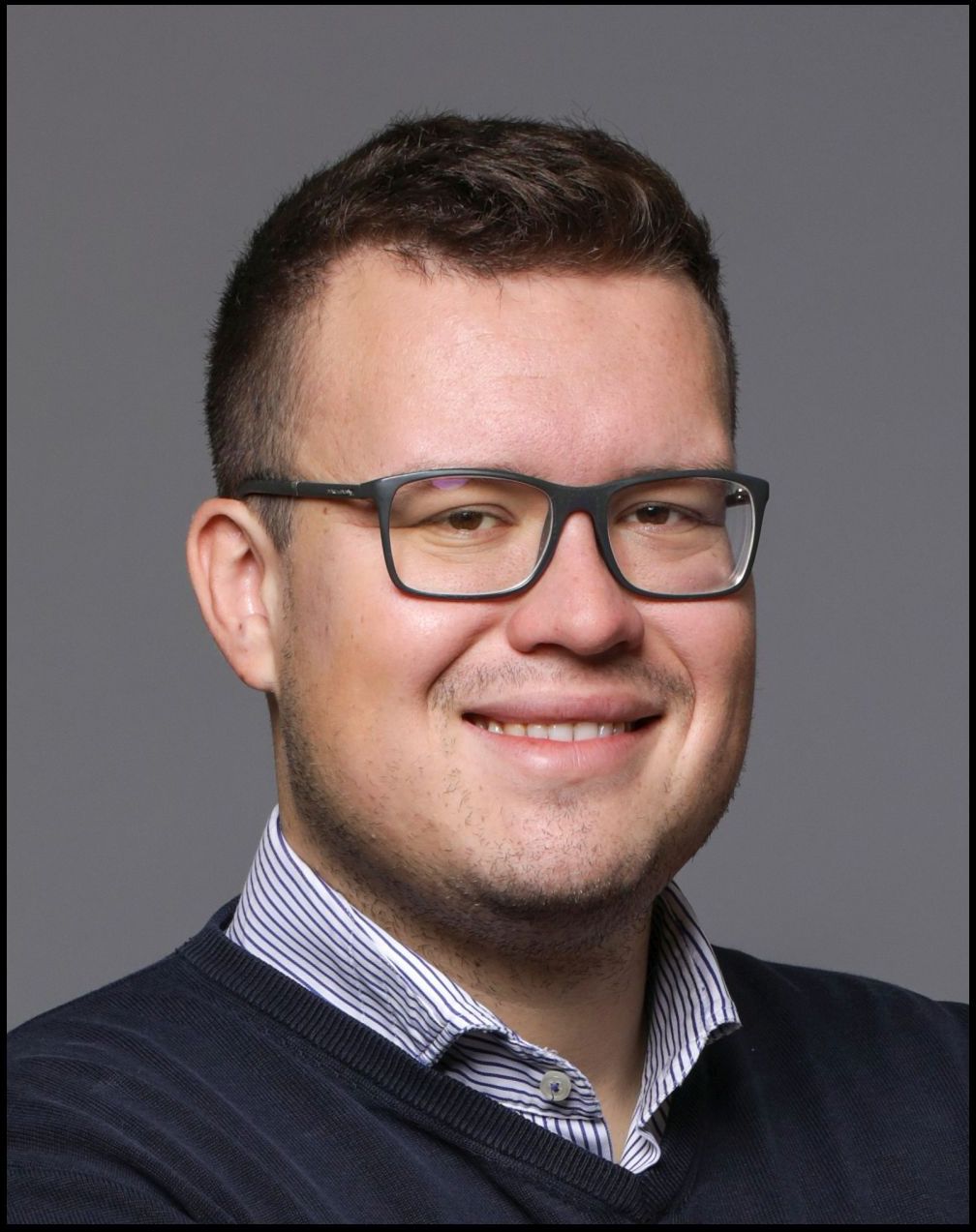Zajednički odjel za elektroničke elemente / poluvodičke integrirane sklopove (ED15/SSC37) Hrvatske sekcije IEEE poziva Vas na predavanje:
Silicon particle detectors at CERN,
koje će održati Ivan Berdalović, mag. ing. Predavanje će se održati u utorak 3. rujna 2019. s početkom u 13 sati u Knjižnici ZEMRIS-a (D zgrada, 3. kat) na Fakultetu elektrotehnike i računarstva Sveučilišta u Zagrebu.
Predviđeno trajanje predavanja s raspravom je 60 minuta. Predavanje je otvoreno za sve zainteresirane, a posebno pozivamo studente. Više o predavaču i predavanju možete pročitati u opširnijem sadržaju obavijesti.
Abstract
The search for new physics at the Large Hadron Collider (LHC) at the European Organisation for Nuclear Research (CERN) relies on the detection of particles created in proton-proton and heavy ion collisions. The experiments at the LHC use arrays of highly segmented silicon detectors for the precise tracking of particles in the innermost detector layers, close to the particle interaction point. These detectors need to maintain a detection efficiency of more than 97% over their full lifetime in the experiments and need to be able to process large amounts of data in a short time period because of the high particle hit rates, while having a time resolution of less than 25 ns to separate particles coming from different collisions. They also need to be able to withstand the unprecedented radiation levels close to the interaction point in terms of total ionising dose and non-ionising particle fluence.
The talk will give an overview of the state-of-the-art in silicon pixel detectors for high-radiation environments, and will focus on recent developments in the design of fast, low-power, radiation-hard pixel detectors using commercial CMOS technologies. Measurement results on a novel monolithic CMOS detector designed for the upgrade of the ATLAS experiment will be presented, and a perspective for future developments in the field will be given.
Biography
Ivan Berdalović was born in Mohacs, Hungary, on 8 November 1992. He finished primary and secondary school in Beli Manastir, Croatia, after which he started his studies in Electrical Engineering and Information Technology at the Faculty of Electrical Engineering and Computing at the University of Zagreb. During his studies, he worked on subjects in the field of microelectronics, semiconductor technology, as well as analogue and digital integrated circuits. Other than having an excellent grade point average, he also received the "Josip Lončar" award for his success during the first year of Master studies as well as the Rector’s Award for best scientific paper. He received his MSc in 2016 on the topic of single-photon avalanche photodetectors, after which he was hired as a PhD student at the European Organisation for Nuclear Research (CERN), where he has been working on the design of advanced pixel detectors for the ATLAS experiment. Apart from technical training in the topics of microelectronics and detectors, during his PhD he also attended courses on innovation management and technological competence leveraging, and acquired a PRINCE2 certificate in project management. He is the author and co-author of numerous papers on avalanche photodiodes and radiation-hard pixel detectors, and he has participated in several international conferences.


